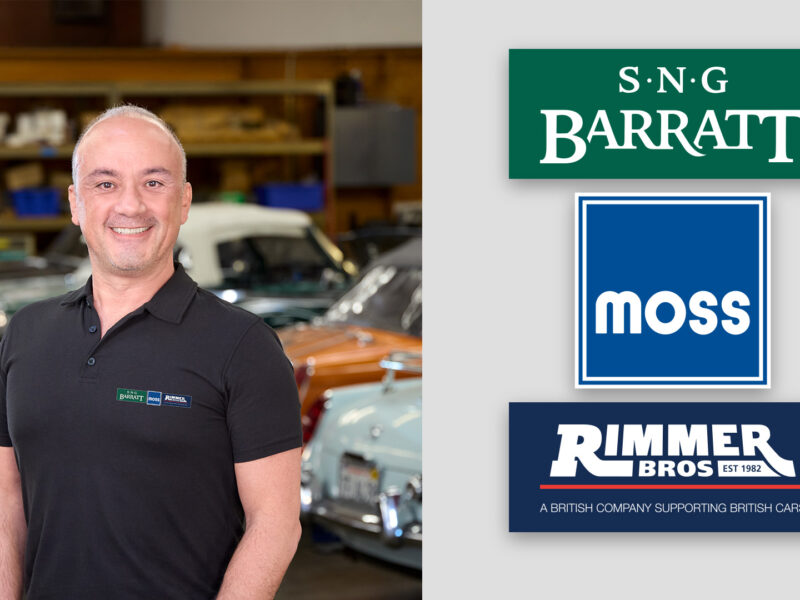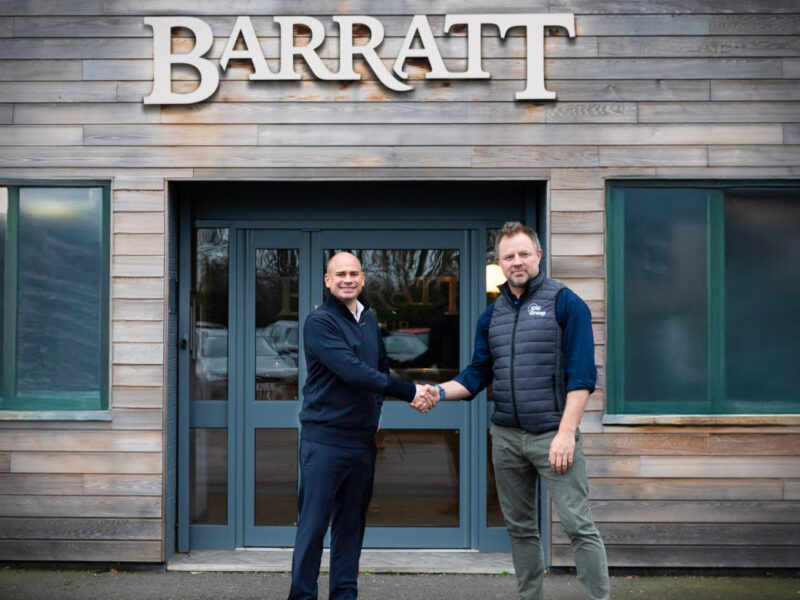When I saw the picture in the winter issue of “Moss Motoring,” I did actually recognize the little Triumph, and wondered how many of your readers had ever seen one, let alone driven one!
The Super Seven was my first-ever motor car, although the one I purchased in 1950 was a single-seater hill climb version, originating in 1929. Up to that time my interests had been flying airplanes with the R.A.F., cruising and racing sailing boats, and my Ariel Red Hunter motorbike. The young ladies I was dating were becoming increasingly reluctant to ride pillion on the back of a bike—especially in England’s cool and damp weather, so a car was indicated. Unfortunately, R.A.F. pay was just a dollar a day, so the range of options was VERY limited, and Triumph Annie was the result.
I soon removed the body, and with more enthusiasm than experience, welded large pieces of angle iron to extend the chassis, and made up a body framework of ash, over which alloy sheets were rather crudely fashioned. Back then I had not heard of Moss Motors (although they were later to become a regular supplier of parts for my Healeys and MGs). In England there was a weekly called Exchange & Mart which listed just about anything one would ever purchase or trade, and through this medium, wings, wind shield, wipers, seat materials, and other such civilizing luxuries were soon acquired at bargain prices and my home-made transport took to the streets of London.
Tops were still a problem, and the flimsy effort I sewed together didn’t really keep out much of the weather, but then again nor did most production efforts until some decades later. The biggest snags were the main bearings, which were obviously old-fashioned, solid, white metal jobs. Whenever they were overstrained, it meant dropping the sump, removing the worn bearing, filing, bluing, and handscraping the surface to fit, then reassembling. Lying in the snow on my way home from a party to perform this feat was a little discouraging, but quickly taught me the benefits of not overrevving and also of ensuring a plentiful supply of oil in the sump, so eventually the problem was solved.
My then current girlfriend and I took Annie across mainland Europe for a six-week tour, and amazingly very little fell off. We got as far as Florence, Italy, where the Fiat main dealer was so impressed with our audacity that he gave us a free lube, oil change, and car wash!
On the way home, we had just crossed the summit of the Simplon Pass into Switzerland, when the rear wheels stopped being driven as the prop-shaft universal joint gave up the ghost! I managed to coast down the mountains into the town of Simplon, and luckily a repair shop appeared while we were still on the downhill bit. Here, by some amazing fluke, there was a model of Fiat which used the same universal, which consisted of a number of fabric discs, with bolts alternately connecting to the gear box drive and to the shaft end.
So we were soon motoring again, and upon my return to England, I penned an article about our trip and sent it with a handful of photographs to “Moss Motoring” magazine. Much to my surprise, this was published, and so came my conversion not only to motor cars—and later motor sport—but also my parallel career as a writer.
—John Sprinzel







'Triumph Super Seven' has no comments
Be the first to comment this post!